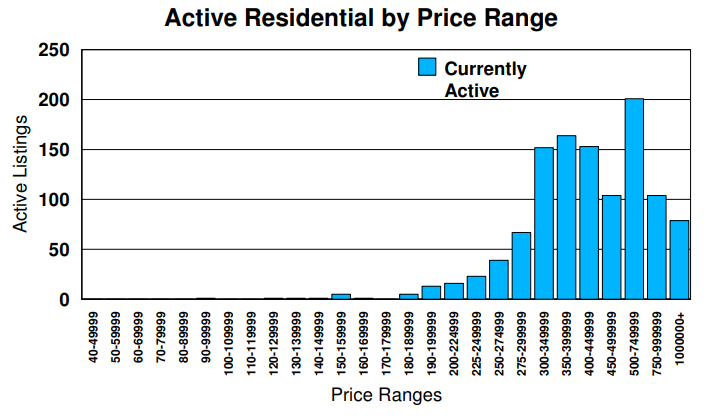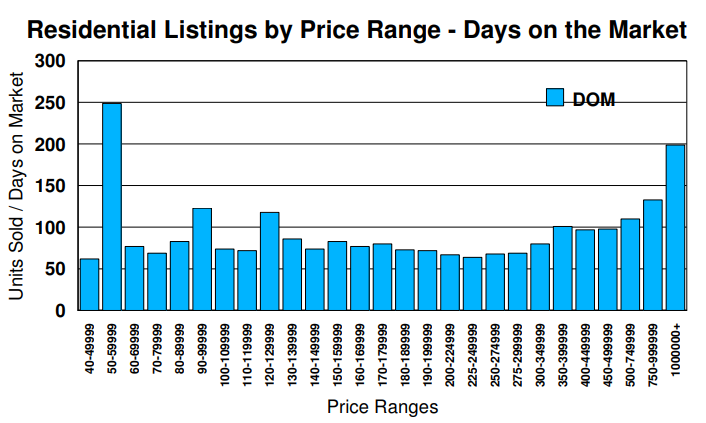Summary:
- Total properties sold declined 4% YTD compared to 2019
- New listings declined 25% YTD compared to 2019
- Property prices have increased 10% YoY
The economic impacts of the novel coronavirus have been acute and far-reaching. In Portland, the full effects of COVID-19 on the City of Roses’ real estate market are coming to light.
According to Willamette Valley Multiple Listing Service, the number of all types of properties sold in May declined by 26% year-over-year (1038 to 772). However the decline is less severe on a YTD basis. 4039 properties were sold from January 1 to May 31 2019; in 2020, that number was 3910—a drop of just 3%.
New listings in Portland have also declined significantly YoY, from 1649 to 1170 (29%). Due to this decline, the number of total listings has also dropped YoY by 17.67%. Inventory has declined by 23.7%.
As mentioned in the Oregon Live newsletter: “Despite the pandemic, stock market swings and a wide range of job and business losses, the shortage of homes for sale is helping to fuel higher prices and shorter times on the market”.
The average sale price in Portland has increased by 10% in 2020 compared to 2019, from $318,556 to $351,030.
Figure 1. shows active listings for different price ranges. The graph is taken from Willamette Valley Multiple listing service

The highest number of active listings is within the $500,000 to $749,999 price range.
Figure 2. shows the days on market for sold listings by different price ranges. The graph is taken from Willamette Valley Multiple listing service

Residential properties on the low- and high-ends of the price range are those spending the most days on market. Properties priced between $180,000 to $299,999 are selling quickest.
In sum, the direct effects of COVID-19 on Portland’s housing market are showing up in at least two ways: properties sold and new/overall listings have declined. As a result of this decrease in inventory, prices have increased; properties are also selling quicker.
As COVID-related lockdown measures begin to ease and economies reopen, the real estate market could start trending towards a return to pre-outbreak levels. That said, if the first few months of 2020 have shown us anything, it’s that predicting the next few will be very difficult.
